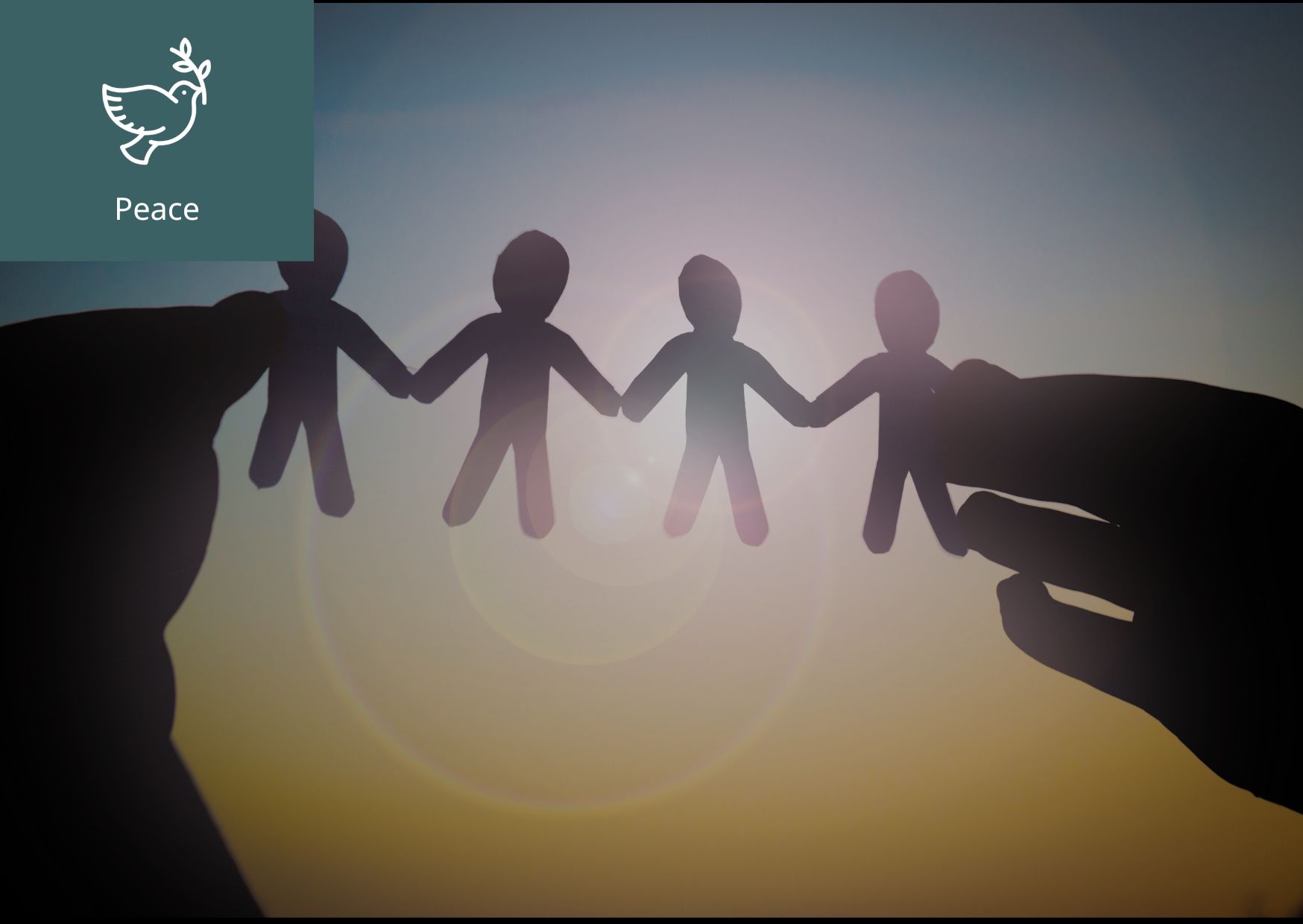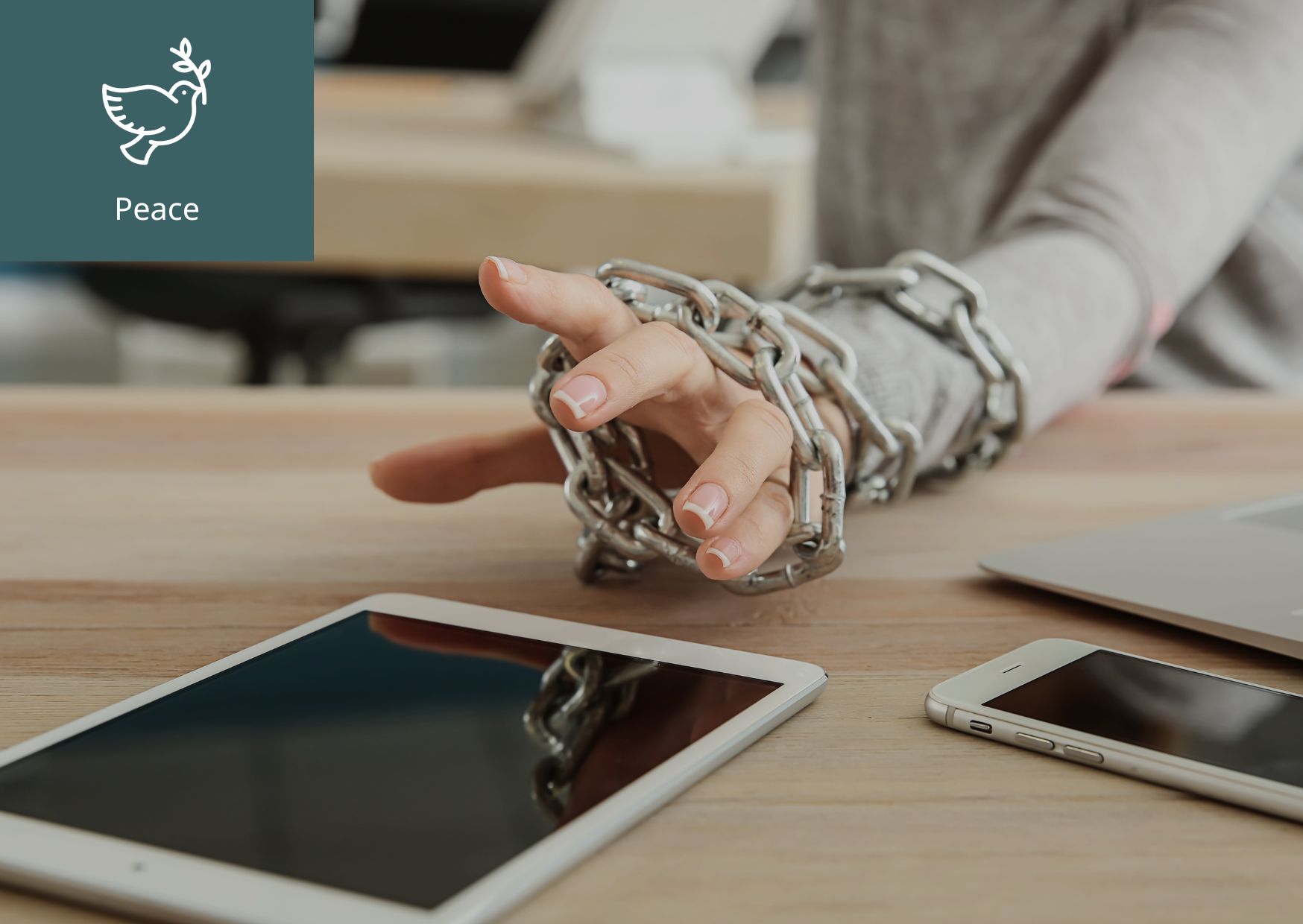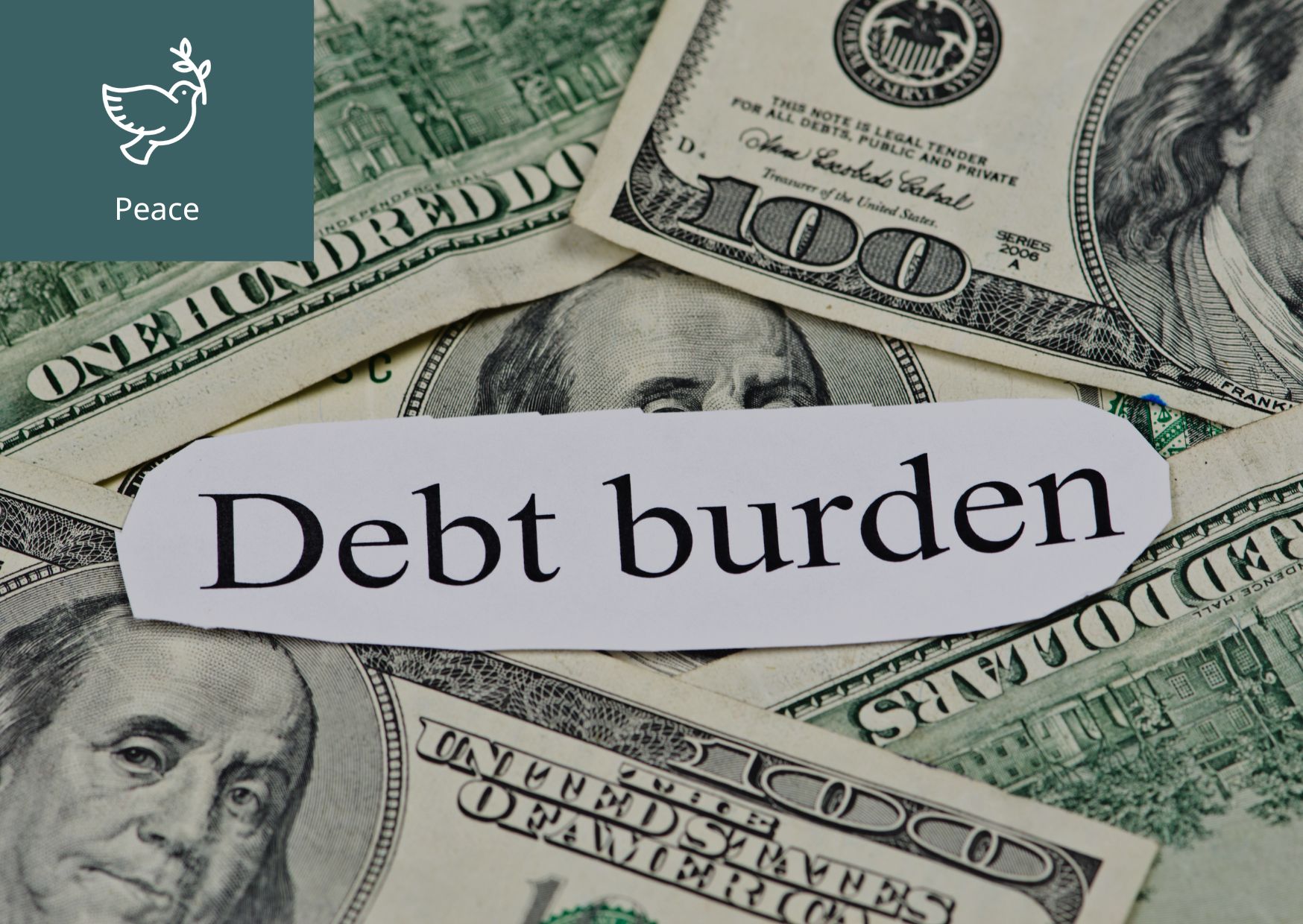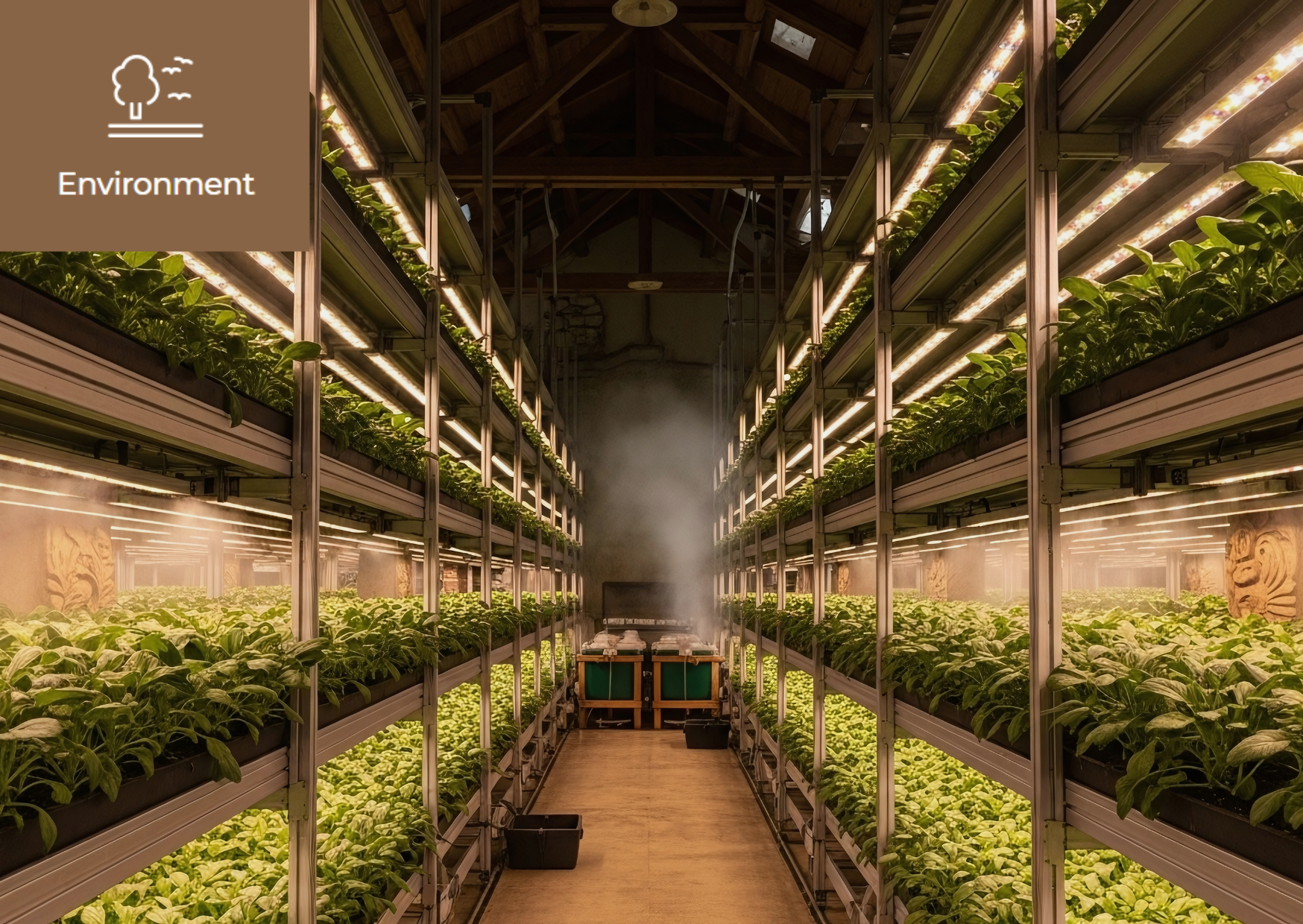What is the Right to Water?
―
What Is the Right to Water?
―The “Right to Water” refers to the most fundamental human right — that everyone should have access to clean and safe water.This article explores how water can create inequality, sometimes become a source of conflict, and how we are all interconnected through it.―
Clean Water Should Never Be a Privilege
― ▶ Source: Reuters (Water treatment plant in Netherlands)Have you ever seen the documentary Flow (2008)?In the slums of Mumbai, India,a young boy dips his hands into a dark, polluted river and drinks.Trash floats beside him, and bubbles rise on the surface of the murky water.These children suffer from diarrhea and typhoid, but they have no other choice.Over this scene, a haunting narration says:“This water is all the family will drink today.”Meanwhile, in Brave Blue World (2019), a documentary streaming on Netflix, we see a water purification plant in the Netherlands.Rainwater, wastewater, and sewage pass through advanced filtration systems, emerging as pure water — bottled and sold under the name “Sustainable Water.”The label reads:“This water is the future.”Two worlds.Same era.Yet so vastly different.And we are left with a question:Who gets to drink clean water?And is that fair?As of 2024,about 2 billion people around the world still lack access to safe drinking water.This is not merely a matter of scarcity — it is a symbol of global inequality.(WHO & UN-Water, 2024).―
Water Is a Human Right But Reality Remains Unequal
―In 2002, the United Nations declared:“Access to clean water and sanitation is a human right for all.”— UN Committee on Economic, Social and Cultural Rights (2002)Then in 2010, the UN General Assembly adopted Resolution 64/292, affirming:“Clean and safe drinking water and sanitation are essential to the full enjoyment of life and all human rights.”— UN General Assembly Resolution 64/292 (2010)Additionally, Sustainable Development Goal (SDG) 6 pledges:“Ensure availability and sustainable management of water and sanitation for all by 2030.”But as of 2024, we are still far from achieving this goal — not even halfway there. >> Here’s the reality:• Half of the world’s population about 4 billion people experience severe water scarcity during some part of the year.• One in four people, around 2 billion suffer from extreme water stress annually. (UNESCO, 2024).• 1.8 million children die each year from lack of access to clean water. (Source: UNICEF, Water and Sanitation, 2023).• 1.4 million people die annually from contaminated water. (WHO & UN-Water, 2024)• 2.2 million deaths each year are caused by waterborne diseases — a number that exceeds global deaths from conflict and war. (Source: UN-Water & WHO, 2023)These are not just statistics.Every morning,a child skips school to fetch water.A woman shares a muddy pond with her livestock.And as climate change and urbanization accelerate, the global water crisis is spreading faster and more unequally than ever before.―The “Water Shock” Triggeredby the Climate Crisis―Water scarcity is not merely a matter of inconvenience or imbalance.At this very moment, regions across the globe are experiencing water crises in different forms.▲ Map of Global River Flow Changes in 2022(Source: UNESCO World Water Development Report 2024, Figure P.3) According to the report, 55% of the world’s major river basins (over 10,000㎢) recorded “below normal” or “very low” flow levels.As reported in UNESCO’s 2024 World Water Development Report:By 2022, more than half of the world’s large watersheds were experiencing reduced river flow.On the map, the orange and red zones indicate below-average flow —showing that South Asia, North Africa, the Middle East, the western United States, and central South America are all facing severe water shortages.This is not just another climate statistic.It is a warning that the very foundation of sustainable living — drinking water, agriculture, and industry — is being shaken.When rivers dry up, drinking water disappears, crops fail, and factories stop running.Ultimately, this leads to:• Food insecurity• Interrupted education• Violation of women’s hygiene rights• Escalation of conflicts and warsAll of which deepen the vicious cycle of poverty.Scholars now refer to this phenomenon as “Water Shock.”Just as the Oil Shock of the 1970s reshaped the global economy, the coming Water Shock could soon send tremors across the entire planet.We are entering an era where a single cup of water speaks not only of survival but of justice.―
Water as a Trigger for War
―As clean water becomes increasingly scarce, conflicts over water are spreading across the world more frequently, and more fiercely than ever before.How Have Water Conflicts Changed Over the Past 20 Years?According to the U.S.-based think tank Pacific Institute, water-related conflicts have surged dramatically:• 2000–2009: 222 cases• 2010–2019: 466 cases (a twofold increase)• 2023: 347 cases — the highest number on record(Source: Pacific Institute, 2024)▼ The graph below clearly shows how steeply water conflicts have increased in recent ● 2000–2023 Trend of Water-Related Conflicts▲ Trends in interstate vs. intrastate water conflicts (2000–2023). Both types have surged sharply in the past few years. (Source: Pacific Institute, “Water Conflict Chronology – Fact Sheet,” 2024)● Examples of Water Conflicts Around the World▸ Turkey vs. Iraq & Syria (2005–2023)Turkey’s construction of multiple dams along upstream areas drastically reduced river flow to Iraq and Syria.In 2023, Iraq formally requested international mediation over Turkey’s restriction of water flow. (Reuters, 2023)▸ The Nile River: Ethiopia vs. Egypt (2011–2024)Ethiopia’s construction of the Grand Ethiopian Renaissance Dam (GERD) altered the Nile’s flow.Downstream Egypt, seeing this as a threat to its very survival, appealed to the International Court of Justice and even hinted at military action. (BBC, 2021)▸ Yemen Civil War (2015–present)The capital city Sanaa is on the verge of becoming the world’s first waterless capital.The war has destroyed water treatment facilities, leaving thousands of children dead from waterborne diseases. (UNICEF, 2022)▸ Turkana, Kenya (2019)Severe drought led to violent clashes between tribes over a shared well in the northwestern Turkana region, killing 52 people,most of them women and children. (Al Jazeera, 2019)▸ Mali (2019)Armed conflict erupted between nomadic herders and settled farmers over water access,resulting in hundreds of deaths and over 500,000 people displaced.And today, this risk exists everywhere.There are 263 transboundary rivers on Earth each crossing borders and weaving together different national interests.Without cooperation, these waters can easily become sources of conflict.Water is no longer just a resource.• At times, it becomes a political weapon,• At times, a strategic military asset,• And at times, a tool of human rights restriction.Ensuring the fair and just sharing of water is therefore not merely an environmental issue it is a matter of peace and justice.―
How Is the International Community Responding?
―In 2015, the United Nations made a global pledge through Sustainable Development Goal (SDG) 6:“By 2030, ensure availability and sustainable management of water and sanitation for all.”Yet the reality shows we are far from that goal.According to the 2024 SDG Progress Report, less than half of this target has been achieved.Still, many international organizations and NGOs are taking meaningful action:▸ UN-WaterPublishes the annual (World Water Development Report), offering water policy guidance to governments worldwide.In its 2024 report, UN-Water warned:“By 2030, as many as 4 billion people could face permanent water scarcity.”▸ Water.org(water.org)Co-founded by actor Matt Damon, the NGO has provided access to clean water for 58 million people across 16 countries.Through its WASH Loan microfinance model, it supports self-sustaining projects for water and sanitation.▸ Charity: Water(charitywater.org)Has built over 130,000 wells and purification systems in 29 countries, supplying clean water to 17 million people.It is widely recognized for its transparent giving model, allowing donors to track project locations, progress, and photos in real time.▸ 국제적십자사연맹(IFRC)(icrc.org)Provides emergency water purification systems and tankers in conflict zones.In 2023 alone, it supplied clean water to more than 5 million people in Yemen, Sudan, and Ukraine.These initiatives are not merely acts of technical assistance they are a global statement declaring:“Water is a public good a right that everyone deserves.”―
Gen Z: Choosing Just Water
―The younger generation is both the “climate crisis generation” and the “ethical consumption generation.”They give meaning to simple acts like carrying a tumbler instead of buying bottled water.• On university campuses, campaigns such as #RefillNotLandfill and #BanBottledWater are thriving.The tumbler has become not just an eco-friendly tool, but also a symbol of resistance against inequality.• On social media, global solidarity continues to grow under hashtags like #WaterIsAHumanRight and #WaterJustice.• As of 2024, videos with the hashtag #WaterCrisis have surpassed 100 million views on TikTok.This generation is not merely about saving resources they are the first generation to question and act for “fair water.”―
What We Can Do
―There are concrete actions we can take right now to help address the global water crisis.▶ In Everyday Life• Take shorter showers and use a cup while brushing your teeth.• Be aware that a single cup of coffee requires about 130 liters of water and reduce unnecessary consumption.▶ At School or in the Community• Organize volunteer programs or student clubs focused on water rights and clean water projects.• Advocate to local governments to review progress toward SDG 6 (Clean Water and Sanitation).▶ Global Engagement• Support or donate to NGOs such as Water.org or Charity: Water.• Sign petitions promoting clean water infrastructure in climate-vulnerable countries.• Create and share social media content raising awareness about the global water crisis.―Justice Begins with a Single Bottle of Water―Former World Bank Vice President Ismail Serageldin once said:“The wars of the 21st century will be fought not over oil, but over water.”That statement is no longer an exaggeration, it is becoming reality.The black, polluted water that the boy drinks in Flow (2008), and the crystal-clear bottled water in Brave Blue World (2019) between these two images lies not just an environmental gap, but a gap of justice.Which water are we drinking?And which water are we choosing?A tumbler,a shared documentary,a single hashtagthese small acts can open the door to a fair and just water future.That is where change begins. Written by Sharon ChoiDirector of PlanningSunhak Peace Prize Secretariat
Further Reading :Clean Water and Healthy Life are SynonymousWho are Climate Refugees?What is World Water Day?What is a Water Footprint?References and Sources• UN-Water & WHO (2023) The United Nations World Water Development Report 2023 View Official Report• UNESCO (2024) The United Nations World Water Development Report 2024 View Official Report• Pacific Institute (2024) Water Conflict Chronology – Fact Sheet View Official Report• Water.org (2024) Our Impact – Global WASH Solutions View Official Report• Charity: Water (2024) Transparency & Project Map View Official Report• United Nations General Assembly (2010) Resolution 64/292: The human right to water and sanitation View Official Document
14 January 2026
 What is the Right to Water? 14 January 2026
What is the Right to Water? 14 January 2026 What Is Digital Colonialism? 22 December 2025
What Is Digital Colonialism? 22 December 2025 What is Human Security? 9 December 2025
What is Human Security? 9 December 2025 What is Digital Refugees? 26 November 2025
What is Digital Refugees? 26 November 2025 What is Debt Burden? 12 November 2025
What is Debt Burden? 12 November 2025 What is Ocean Acidification? 30 October 2025
What is Ocean Acidification? 30 October 2025 What is Sustainable Agriculture? 13 October 2025
What is Sustainable Agriculture? 13 October 2025 What is Climate Resilience? 22 September 2025
What is Climate Resilience? 22 September 2025 What is Carbon Budget? 9 September 2025
What is Carbon Budget? 9 September 2025 What Is the Global North–South Divide? 26 August 2025
What Is the Global North–South Divide? 26 August 2025 What is Reselling and Upcycling? 11 August 2025
What is Reselling and Upcycling? 11 August 2025 What is AI Inequality? 4 August 2025
What is AI Inequality? 4 August 2025
